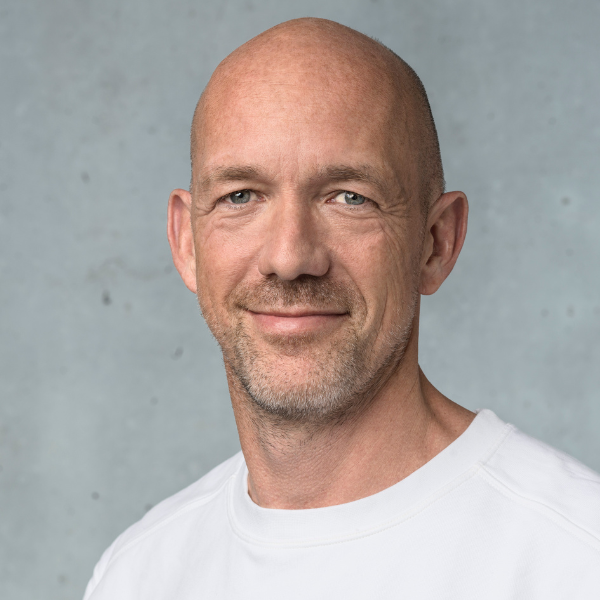Stanford University President Marc Tessier-Lavigne shares a few strategies for how to increase the likelihood of making good decisions when there’s no “right” answer: turn to the best minds on your team and be rigorous when weighing different ideas. He warns against paralysis by indecision and says to always provide a clear rationale, as well as be prepared to course correct if you’re wrong.
Related

Alexandra Zatarain,
Eight Sleep
Getting to Product-Market Fit [Entire Talk]
Product-market fit is a journey. Knowing your audience and mission will help you on your way.
Video
50 minutes
Alexandra Zatarain,
Eight Sleep
Getting to Product-Market Fit [Entire Talk]
Product-market fit is a journey. Knowing your audience and mission will help you on your way.

Maria Barrera,
Clayful
Mental Health Tech, Mentally Healthy Startups [Entire Talk]
Startups can address important mental health problems, but maintaining mental health in startup culture is challenging.
Video
49 minutes
Maria Barrera,
Clayful
Mental Health Tech, Mentally Healthy Startups [Entire Talk]
Startups can address important mental health problems, but maintaining mental health in startup culture is challenging.

David Allemann,
On
Exploration in Sports Technology [Entire Talk]
Taking a risk on an innovative idea can be the spark of a global company.
Video
50 minutes
David Allemann,
On
Exploration in Sports Technology [Entire Talk]
Taking a risk on an innovative idea can be the spark of a global company.



